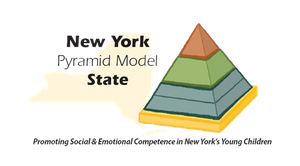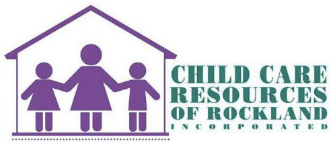
What is the Pyramid Model?
The Pyramid Model is a conceptual frame-work of evidence-based practices for promoting young children’s healthy social and emotional development.
Who uses the Pyramid Model?
The Pyramid Model provides guidance for early childhood special education personnel; early intervention personnel; early educators; families, other professionals
Program-wide Implementation Program-wide implementation of the Pyramid Model refers to a systemic effort within a program for Pyramid Model implementation fidelity. In program-wide implementation, a leadership team guides the implementation process and develops the supports and infrastructure needed to ensure that implementation of the Pyramid Model can occur within the classrooms and services provided to children and their families. The Leadership Team, with representation from program administrators and practitioners, is focused on the ongoing process of supporting the implementation of the Pyramid Model and using data-based decision-making to guide implementation efforts and monitor outcomes. Program-wide implementation might also be called Program-Wide Positive Behavior Intervention and Support (PW-PBIS), Early Childhood Positive Behavior Support (EC-PBS) or a Multi-Tiered Systems of Support (MTSS) to address social, emotional, and behavioral needs.
The program-wide implementation model ensures that programs are attending to both the implementation of evidence-based practices and the development of the infrastructure to support the durable implementation of those practices. Programs that have used this approach have experienced the following:
- Reductions in child challenging behaviors
- Increases in children’s social skills
- Increased satisfaction of program staff and families
- Reduced turnover in the program
- Increases in teachers’ competence and confidence in the support of children
- Changes in classroom and program climate
- Sustained implementation of the Pyramid Model



